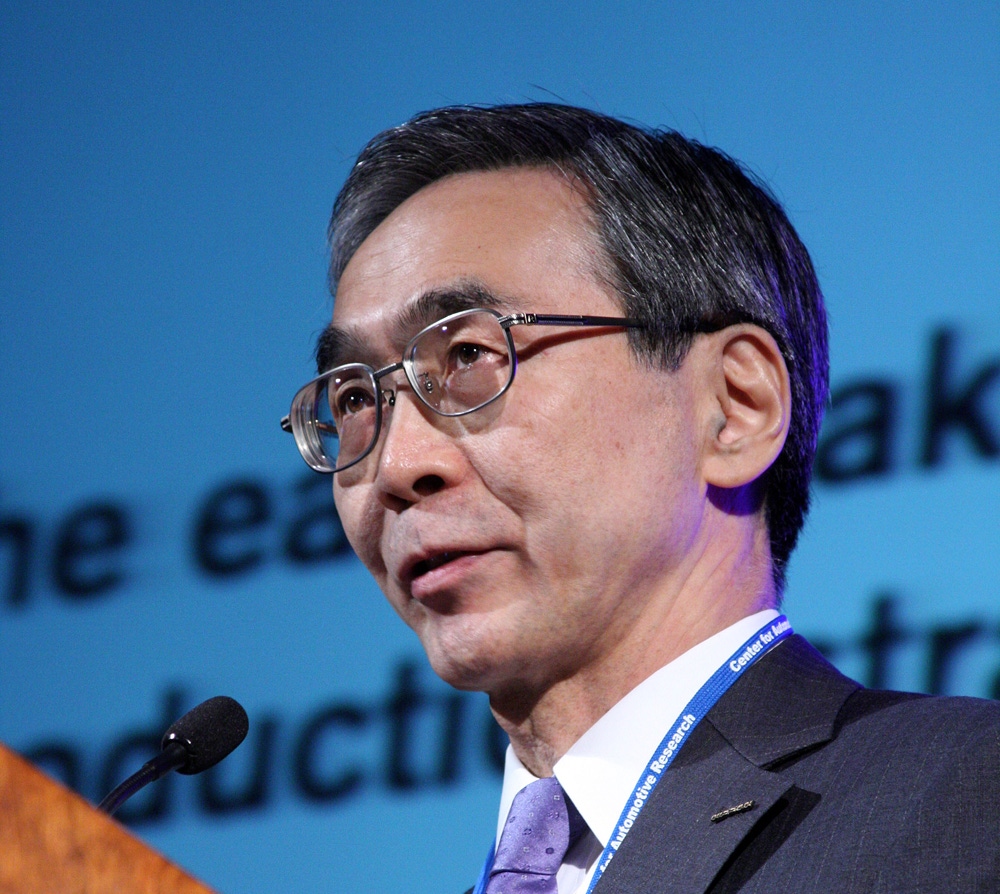Disaster Teaches Nissan Valuable Lessons
Recovery from the earthquake and tsunami damage came with relatively amazing speed, largely because of the concerted way in which Nissan reacted, Hidetoshi Imazu says.

TRAVERSE CITY, MI – Nissan learned valuable crisis-control lessons from the powerful earthquake and tsunami that hit Japan last year, says Hidetoshi Imazu, the auto maker’s executive vice president-manufacturing and supply chain management.
The 9.0-magnitude natural disaster killed thousands of people, knocked out a nuclear-power plant and walloped the Japanese auto industry concentrated in one of the hardest-hit areas in the northeast part of the country.
Nissan factories were crippled, as were those of many of its suppliers. The widespread damage seriously constricted production. But recovery came with impressive speed, largely because of the concerted way in which the auto maker reacted, Imazu says here at the Center for Automotive Research’s Management Briefing Seminars.
Among lessons Nissan learned, refined and put into practice quickly include:
Training people to deal with crisis situations, get accurate assessment reports and share information.
Delegating authority and establishing priorities on what needs to be done, stopped or postponed.
Getting top management to the scene of disaster so they can accurately assess the situation and make informed decisions.
Because Japan is in a part of the world prone to earthquakes, Nissan already had an Earthquake Crisis Committee in place. Among other things, it requires periodic drills.
Fortuitously, one such drill occurred two weeks before the March 11 earthquake and tsunami struck, Imazu says. “The drill turned out to be a practice run.”
Nissan and supplier executives from around the world gathered in Japan to prioritize limited parts distribution to auto plants that needed them the most. The disaster showed how dependent auto makers are on a regular supply of auto parts.
“Even if one company is affected by a disaster, it can strike a blow to all,” Imazu says.
The section of Japan hit by the catastrophe is in a part of the Pacific Rim called the “Ring of Fire,” so named because of its propensity for earthquakes.
That is a fact of life that not only must be recognized, but also dealt with as much as humanly possible, Imazu says. “Certain risks are predictable. They almost always will happen, eventually. What’s important is that you are prepared and that you can respond quickly.”
Post-crisis, the auto maker is pursuing a 6-year global business plan called Nissan Power 88. The numbers stand for 8% market share by 2016 and 8% sustained profitability.
Aspects of the program include building brand power, increasing sales and enhancing quality.
About the Author
You May Also Like





